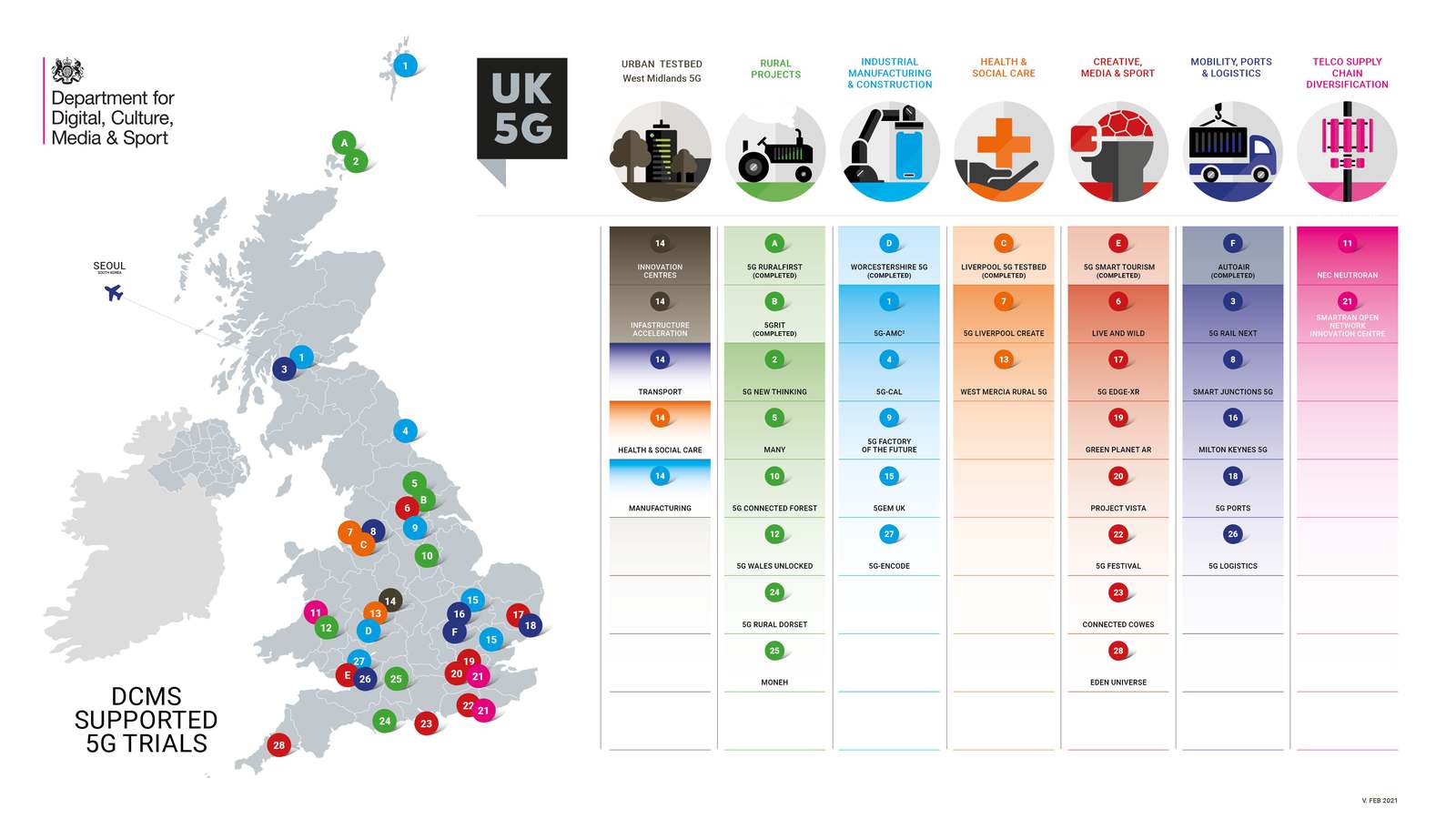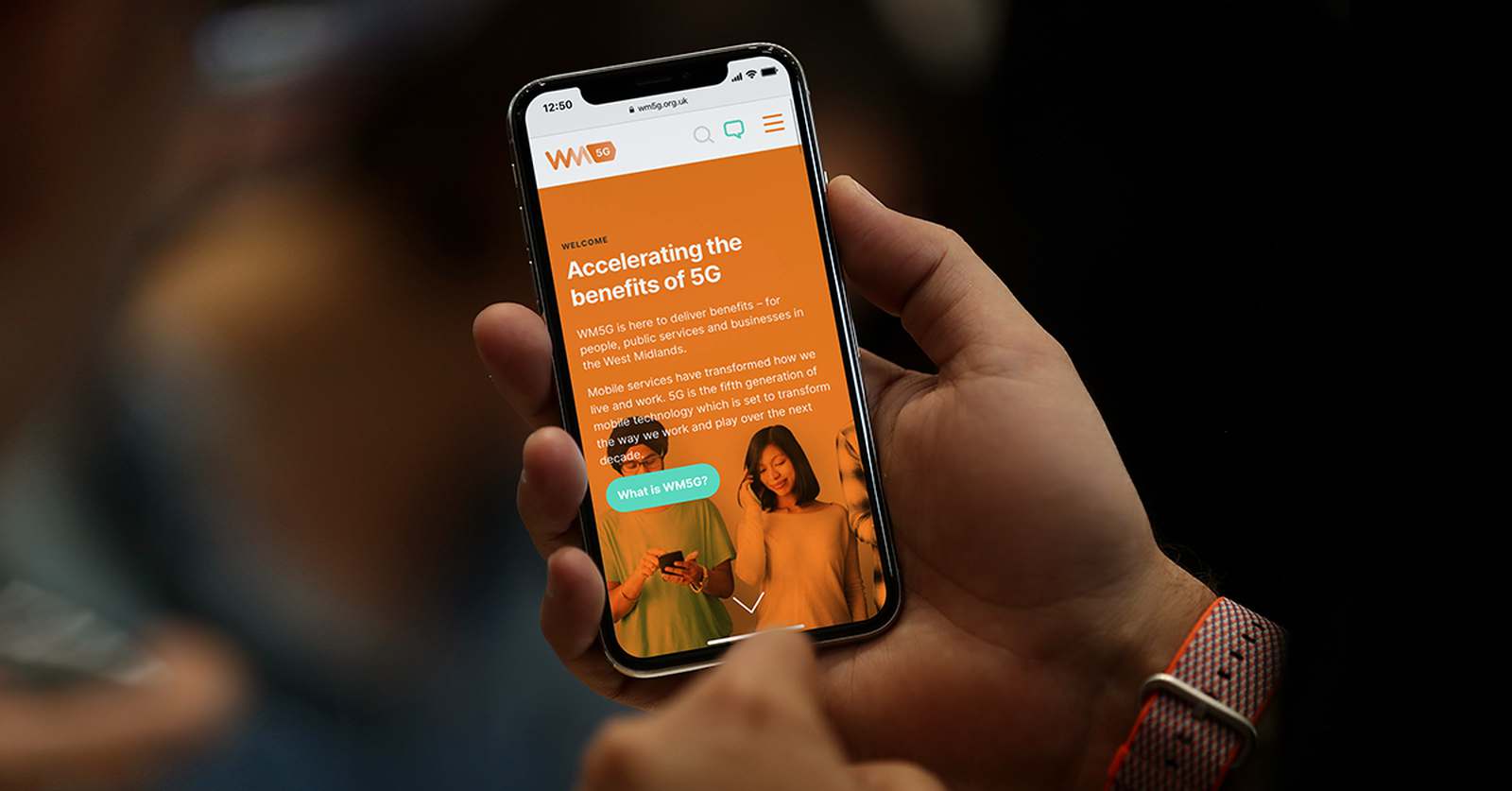
Wireless for the greater good: public sector and private companies working together
This year’s CWIC: Wireless in Digital and Circular Economies is focusing on maximising wireless’ potential to improve the future.
CWIC speakers are asking if existing technologies, regulations and deployment models for connectivity are delivering the sustainability the world needs, or if a significant change in approach is required.
In this article, CWIC chair, Virtual Networks SIG champion, and Managing Consultant at Real Wireless, Julie Bradford, considers the real value of mobile networks and brings in her own experience of commercial and socio-economic analysis.
“People talk about the capabilities of 5G services, but the piece that's sometimes missing is the actual business case – understanding the tangible benefits of the services.
“Such cost-benefit analysis is crucial for the sustainability of projects from a commercial sense, but should also include socio-economic drivers. We need both elements working together to ensure our industry’s sustainable survival in the long-term and – from a wider societal perspective - to be seen as a progressive addition to our future economy.”
“One such example is the European 5G-MoNArch project.
“This included two key testbeds – a ‘Smart Sea Port’ testbed with use cases around high-reliability traffic management and mobile sensor connectivity (barges in the port monitoring air quality and pollution levels), and a ‘Touristic City’ testbed in Turin covering a VR-based interactive museum visit with a virtual remote tour guide.
“Real Wireless worked on this project to quantify the operational benefit to Hamburg’s port operations of improving industrial wireless in that area, and also of bringing that kind of improved connectivity to the centre of Hamburg and Turin.
“These benefits were then weighed up against the costs of delivering such services via slicing applied by building on the existing public mobile network in the cities.”
See the full results on the project website here.
- Combining revenues with additional network costs gave a positive business case for the delivery of all industrial services in the Hamburg port area by extending the existing wide area network. The results show significant Return on Investment (ROI) gains of up to 20%
- Cost savings of more than 60% were found for using network elasticity to service temporary demand hotspots created by large cruise ships arriving in the Port of Hamburg.
- The analysis of smart city services, such as city ITS, showed a negative impact on the baseline eMBB ROI under current commercial models. However, these smart city services also have significant social and wider economic benefits. This implies that public private partnerships and/or new deployment models may be needed to ensure that the wider value of these services is not lost due to commercial pressures.
“Given the considerable economic benefits that 5G technology is offering to businesses and society, there are an increasing number of public sector bodies that are investigating how they can work with the wireless industry to support the rollout of wireless in a collaborative, long-term way.
“Traditionally, the UK government has focused on fixed connectivity (fibre and broadband). The 2018 Future Telecoms Infrastructure Review acknowledged the role of wireless connectivity and central and local authorities are now increasingly realising its benefits.
“From the work that DCMS has been doing on the 5G Trials and Testbeds programme, we can see that they fully acknowledge the importance of wireless and are partnering with private organisations to stimulate interest, and prove value. However, many of these trials and testbeds have a finite life, and the next required step is to create sustainable deployment and operational models using private expertise and public sector engagement for socio-economic good and the commercial sustainability of the wireless industry.

“Traditionally that relationship between the wireless industry and local authorities has had an underlying tension, particularly regarding planning teams of local authorities, and little dialogue. Kudos to DCMS for their ‘barrier busting team’, which began building bridges in 2017.
“Building on this new relationship model, the West Midlands 5G project, for example, has delivered an extensive 5G network around Birmingham. Glasgow City Council is also leading the charge, with a telecoms unit sharing an online register of assets and a map where you can look at different assets that are available for commercial use.
“This shared approach is now being formalised in initiatives like the DCMS’ Digital Connectivity Infrastructure Accelerator (DCIA) – aiming to progress cataloguing the range of assets available across UK public authorities and sharing them with wireless service providers as potential site locations.
“By making information on public assets, such as street furniture, readily available, there is a demonstrable willingness on the public sector side to work alongside mobile network operators and other wireless service providers to figure out supply or access issues; an acknowledgement of future shared benefits for all involved.”

“Another element in this is the state of the consumer market. The mobile industry’s revenues from consumer services is plateauing because of high existing penetration levels yet, at the same time, people not willing to pay more for their monthly subscriptions.
“Despite these flattening consumer revenues the mobile industry is having to keep pace with user expectations and make major investments to upgrade their networks to 5G. To balance this expenditure they need to find other ways to generate revenues, reduce costs or both. The timing of the public sector’s move to reduce barriers to the rollout of wireless is therefore happening at the right time for many of the operators.
“COVID and the pandemic has raised everyone's awareness of the importance of wireless technology. It's significantly accelerated demand and general willingness to use technology in everyday lives.
“Councils are increasingly releasing that they can benefit on a number of levels from not leaving wireless deployment to private companies or market mechanisms alone but instead working with the wireless industry. This means that public bodies can have input and impact earlier on and support the wireless industry in easing the rollout and adoption across their areas and, in time, the country.
“In conclusion, there seems to be a lot of willingness both on the public sector side and wireless industry side to work together on how best to efficiently deploy wireless infrastructure. However, the detail of exactly how to do this in a way that works for everyone is less clear. This is the subject of CWIC 2021 – how do we create a deployment model for wireless infrastructure that delivers on both socio-economic benefits and commercial sustainability?
“We’re really looking forward to investigating all aspects of this question at CWIC in November, including:
- Satellite & Hybrid Networks: ft. Ruth Pritchard-Kelly (OneWeb), Andy Marr (CGI), Rhys Morgan (Intelsat)
- Manufacturing & Logistics: ft. Matthew Napleton (Zizo) Dr David Pugh (Digital Catapult)
- Media & Entertainment: ft. Caroline Gabriel (Rethink Technology Research), Alex Buchan (DTG), David Owens (Virgin Media/O2), and Jim Sephton (Hado UK)
-
Infrastructure as a Service: ft. Graham Payne (Freshwave), Hamish MacLeod (MobileUK) and Maria Lema (Weaver Labs)
- Health & Social Care: ft. Noelle Godfrey (Cambridgeshire County Council), Rosemary Kay & Ann Williams (Liverpool 5G Create)
- Panel: Mobile networks' environmental sustainability: ft. Professor Adam Beaumont (aql), Becki Clarke (Perform Green) and Rolf Meakin (PwC)
- Debate: Commercial success vs public benefit: chaired by Simon Saunders (King's College London)
Julie has worked in the wireless industry for over 15 years. At Real Wireless, she is a thought leader in 5G business case analysis including understanding 5G use cases, quantifying (in financial terms) the operational and socio-economic benefits of 5G services and understanding network dimensioning and cost implications under 5G virtualised networks.
She has most recently been working with city councils around their wireless strategy and related Green Book outline business case development. She also led Real Wireless’ techno-economic analysis on the EC Horizon 2020 5G-MoNArch project. Inspired by the project’s smart sea port testbed constructed by HPA, Nokia and DT in the Port of Hamburg, this analysis included quantifying the operational benefits of 5G to port authorities and other port users and the cost implications of delivering these industrial grade wireless services from existing mobile infrastructure via network slicing supported via the virtualised 5G-MoNArch network architecture.
Previously, Julie was Communications Engineer at QinetiQ UK, consultant at PA Consulting UK, and Senior Systems Engineer for Airvana UK. In addition to working at Real Wireless, Julie is a CW board member and champion for the CW Virtual Networks Special Interest Group (SIG).











